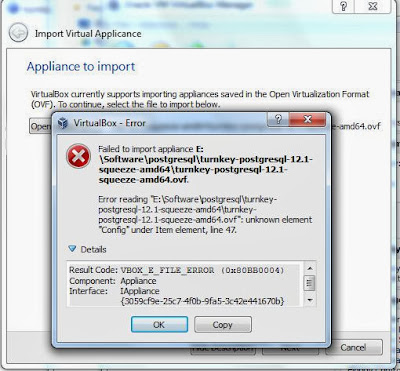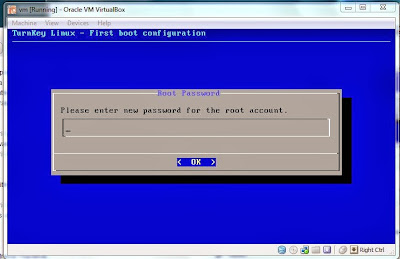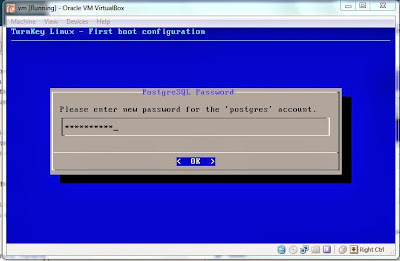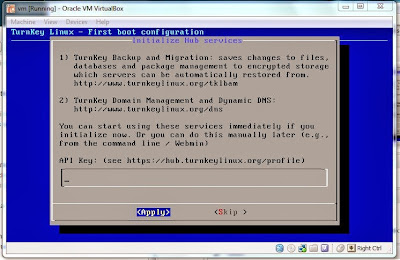1. Download and install RPMs
To download related RPM select your linux version
here then download following RPMs
- oracle-instantclient*-basic-*.rpm
- oracle-instantclient*-sqlplus-*.rpm
- oracle-instantclient*-devel-*.rpm
2. Install alien RPM converter if you don't have
sudo apt-get install alien
3. Install RPM by converting via alen converter
sudo alien -i oracle-instantclient*-basic-*.rpm
sudo alien -i oracle-instantclient*-devel-*.rpm
sudo alien -i oracle-instantclient*-sqlplus-*.rpm
below is the terminal output
praitheeesh@Prai-Linux ~/Downloads $ sudo alien -i oracle-instantclient12.1-basic-12.1.0.1.0-1.x86_64.rpm
dpkg --no-force-overwrite -i oracle-instantclient12.1-basic_12.1.0.1.0-2_amd64.deb
Selecting previously unselected package oracle-instantclient12.1-basic.
(Reading database ... 157491 files and directories currently installed.)
Unpacking oracle-instantclient12.1-basic (from oracle-instantclient12.1-basic_12.1.0.1.0-2_amd64.deb) ...
Setting up oracle-instantclient12.1-basic (12.1.0.1.0-2) ...
Processing triggers for libc-bin ...
ldconfig deferred processing now taking place
praitheeesh@Prai-Linux ~/Downloads $ sudo alien -i oracle-instantclient12.1-devel-12.1.0.1.0-1.x86_64.rpm
dpkg --no-force-overwrite -i oracle-instantclient12.1-devel_12.1.0.1.0-2_amd64.deb
Selecting previously unselected package oracle-instantclient12.1-devel
(Reading database ... 157512 files and directories currently installed.)
Unpacking oracle-instantclient12.1-devel (from oracle-instantclient12.1-devel_12.1.0.1.0-2_amd64.deb) ...
Setting up oracle-instantclient12.1-devel (12.1.0.1.0-2) ...
praitheeesh@Prai-Linux ~/Downloads $ sudo alien -i oracle-instantclient12.1-sqlplus-12.1.0.1.0-1.x86_64.rpm
dpkg --no-force-overwrite -i oracle-instantclient12.1-sqlplus_12.1.0.1.0-2_amd64.deb
Selecting previously unselected package oracle-instantclient12.1-sqlplus.
(Reading database ... 157563 files and directories currently installed.)
Unpacking oracle-instantclient12.1-sqlplus (from oracle-instantclient12.1-sqlplus_12.1.0.1.0-2_amd64.deb) ...
Setting up oracle-instantclient12.1-sqlplus (12.1.0.1.0-2) ...
4. Setup environment veritable
To find the installation path of sqlplus type
sudo find / -name sqlplus
praitheeesh@Prai-Linux ~ $ sudo find / -name sqlplus
/usr/lib/oracle/12.1/client64/bin/sqlplus
Integrate Oracle Libraries
If oracle applications, such as sqlplus, are complaining about missing libraries, you can add the Oracle libraries to the LD_LIBRARY_PATH each time it is used, or to add it to the system library list create a new file as follows:
sudo vi /etc/ld.so.conf.d/oracle.conf
Then run ldconfig:
sudo ldconfig
why idconfig ?
ldconfig: Ldconfig is a basic system program which determines run-time linkbindings between ld.so and shared libraries. Ldconfig scans a running system and sets up the symbolic links that are used to load shared libraries properly. It also creates a cache (/etc/ld.so.cache) which speeds the loading of programs which use shared libraries.
ORACLE_HOME
set oracle path and HOME inside /etc/environment (system level , you may set in Session-wide environment level also. You need to logout and login if you set in system level more details
here)
praitheeesh@Prai-Linux ~/Downloads $ cat /etc/environment
PATH="/usr/local/sbin:/usr/local/bin:/usr/sbin:/usr/bin:/sbin:/bin:/usr/games:/usr/local/games:/usr/lib/oracle/12.1/client64/bin/
ORACLE_HOME="/usr/lib/oracle/12.1/client64"
Type below command and make sure all the environment variables are set correctly
praitheeesh@Prai-Linux ~/Downloads $ cat /etc/ld.so.conf.d/*.conf
/usr/lib/i386-linux-gnu/mesa
# Multiarch support
/lib/i386-linux-gnu
/usr/lib/i386-linux-gnu
/lib/i686-linux-gnu
/usr/lib/i686-linux-gnu
# libc default configuration
/usr/local/lib
/usr/lib/oracle/12.1/client64/lib
# Multiarch support
/lib/x86_64-linux-gnu
/usr/lib/x86_64-linux-gnu
/usr/lib/x86_64-linux-gnu/mesa-egl
/usr/lib/x86_64-linux-gnu/mesa
praitheeesh@Prai-Linux ~/Downloads $ echo $ORACLE_HOME
/usr/lib/oracle/12.1/client64
praitheeesh@Prai-Linux ~/Downloads $
SDK fix
Some packages may look for 'oci.h' in $ORACLE_HOME/include, or in $ORACLE_HOME/rdbms/public
The instant client sometimes places the include files, such as oci.h, in /usr/include/oracle
/client.
Inspect your system by running the following commands
praitheeesh@Prai-Linux /etc/profile.d $ ls $ORACLE_HOME
bin lib
If there is no 'include' directory under ORACLE_HOME, and it is located over in /usr/include/oracle/ , create a symbolic link to assist packages looking for these header files.
sudo ln -s /usr/include/oracle/12.1/client64 $ORACLE_HOME/include
praitheeesh@Prai-Linux /usr/include/oracle/12.1/client64 $ ls $ORACLE_HOME
bin include lib
libaio1 missing
If sqlplus complains of a missing libaio.so.1 file , you will get following error
praitheeesh@Prai-Linux ~ $ sqlplus
sqlplus: error while loading shared libraries: libaio.so.1: cannot open shared object file: No such file or directory
run following command to install libaio1
sudo apt-get install libaio1
5. Done, type sqlplus and connect to database



































